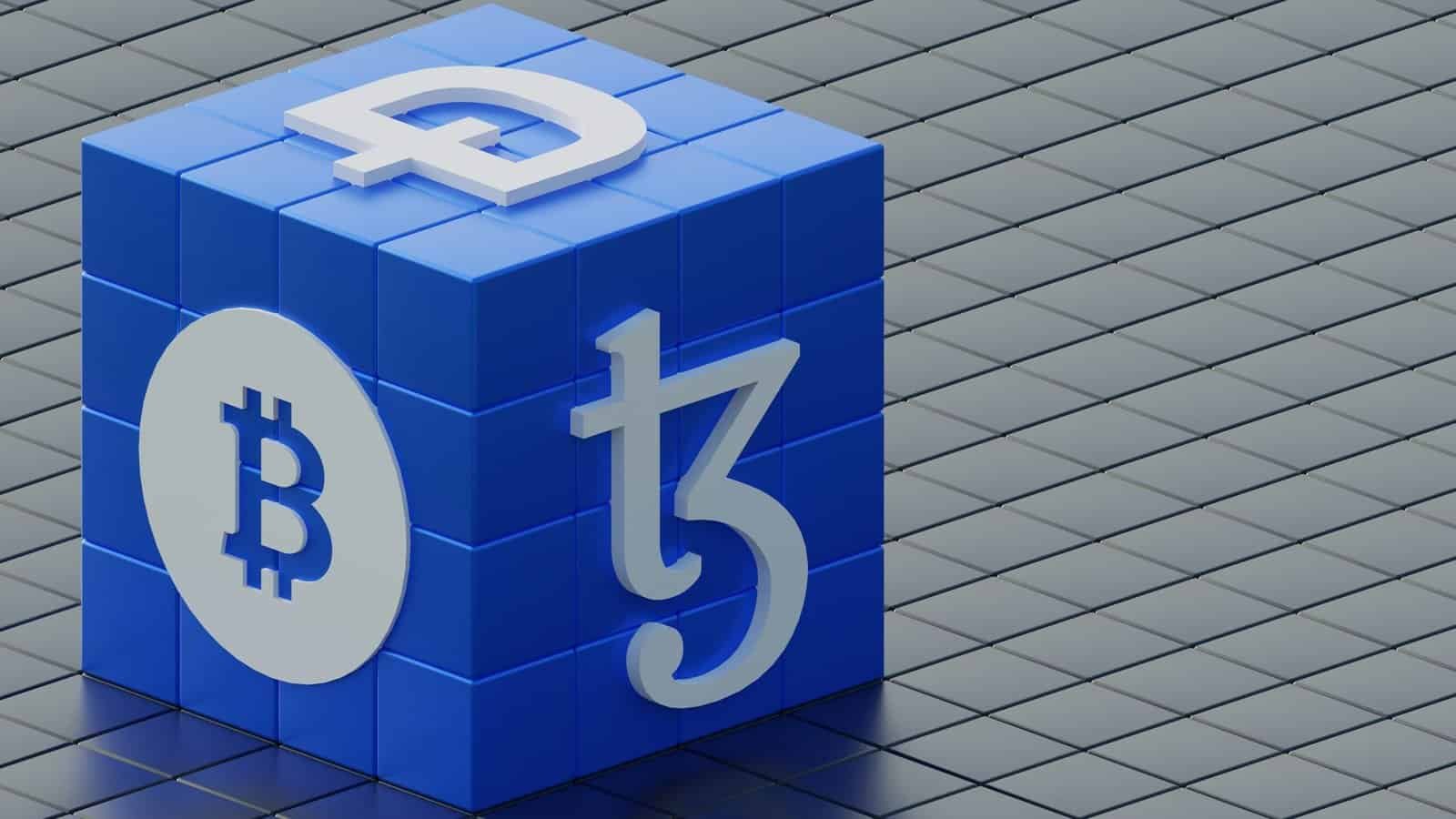Have you ever wondered how cryptocurrency users keep their digital assets safe from the prying eyes of hackers and the grasp of cyber threats? With the rising popularity of digital currencies like Bitcoin, Ethereum, and many others, securing these assets has become increasingly crucial. This is where the concept of a “crypto cold wallet” comes into play, providing a secure solution for safeguarding your precious digital coins.

Understanding the Basics: What Is a Crypto Cold Wallet?
A crypto cold wallet is a type of cryptocurrency storage solution that offers a secure method to hold digital assets offline. Unlike a hot wallet, which is connected to the internet and thus more susceptible to cyber threats and hacking attempts, a cold wallet remains disconnected, ensuring a higher level of security for your cryptocurrencies.
Why Choose a Cold Wallet Over a Hot Wallet?
You might be asking yourself why there’s so much fuss around having a cold wallet when hot wallets are seemingly more convenient. The answer lies in the primary difference: security. While hot wallets offer ease of access and the convenience of quick transactions, their connectivity to the internet makes them vulnerable to potential cyber attacks.
Consider cold wallets as the virtual equivalent of a safe where you store your valuables at home. Just as a safe is protected behind locked doors, a cold wallet securely safeguards your digital assets far from the reach of online threats.
The Mechanics: How Do Cold Wallets Work?
Understanding how cold wallets work can equip you with the knowledge to make informed decisions about protecting your cryptocurrency.
When you store your coins in a cold wallet, you are essentially using a device or a piece of paper to hold your private keys offline. The private key is a crucial element in cryptocurrency technology as it allows you to access and control your digital assets. By keeping this key offline, there’s less chance for malicious entities to intercept and misuse it.
Types of Cold Wallets
Cold wallets come in different forms, each with its own mechanisms for security and usability. Exploring these differences can help you choose the right solution for your needs.
Hardware Wallets
Hardware wallets are physical devices designed exclusively to hold private keys securely offline. They look like USB drives and come with software that allows you to manage your crypto without exposing your private key online. These devices usually require a PIN and may come with additional security features such as biometric authentication.
Pros:
- High security from offline storage.
- Compact and portable.
- User-friendly interface options.
Cons:
- Paid devices; not free.
- Limited to specific cryptocurrencies depending on the device.
Paper Wallets
A paper wallet is a physical printout of your cryptocurrency addresses and their corresponding private keys. It remains offline, adding a layer of security against cyber threats. However, paper wallets require careful handling and storage to prevent physical damage or loss.
Pros:
- No cost associated with generating a paper wallet.
- Simple and secure offline method for those who don’t frequently transact.
Cons:
- Can be easily damaged or lost.
- Not convenient for regular transactions.
Air-gapped Wallets
An air-gapped wallet is a computer or device that has never connected – and will never connect – to the internet. This standalone device is used to store your private keys safely offline and can execute cryptocurrency transactions when needed by signing them offline and then transmitting them via another medium.
Pros:
- Maximum security when completely isolated from online exposure.
- Useful for large-scale cryptocurrency holders.
Cons:
- Setup can be complex and costly.
- Requires a method to securely transfer signed transactions online.
How to Choose the Right Cold Wallet?
Choosing the right cold wallet depends on your needs, level of expertise, and the amount of cryptocurrencies you’re dealing with. Here are some factors to consider:
Security vs. Convenience:
- Decide how important security is compared to the level of accessibility you require. More secure options might be less convenient for frequent transactions.
Type of Cryptocurrency:
- Ensure the wallet supports the specific cryptocurrencies you own.
Budget:
- Consider whether you’re willing to invest in a hardware wallet or prefer the free alternative of a paper wallet.
Ease of Use:
- Some solutions may cater better to beginners while others may include more complex setups suitable for advanced users.

Setting Up Your Cold Wallet
Setting up a cold wallet can vary based on the type you choose. Here’s a brief guide to get you started with the two most popular forms—hardware and paper wallets.
For Hardware Wallets
Purchase and Unbox:
- Obtain the wallet from a reputable vendor.
- Unbox with care, ensuring no signs of tampering.
Setting Up:
- Follow the manufacturer’s instructions to set up your device. Most hardware wallets require you to connect to your computer temporarily and install accompanying software.
Backup Seed Phrase:
- Write down the seed phrase (a series of words that can recover your wallet) carefully. This is crucial for regaining access if your device is lost, damaged, or stolen.
Security Measures:
- Secure your hardware wallet with a PIN. Some models offer additional security layers like fingerprint authentication.
Testing:
- Conduct a small test transaction to ensure your setup is correct and your assets are safe.
For Paper Wallets
Generate Offline:
- Use a reputable and secure service to generate a wallet offline. Make sure not to connect to the internet while doing so.
Print and Store:
- Print the generated wallet or transcribe it by hand. Store it securely in a place protected from physical elements and prying eyes.
Seal Away:
- Consider encasing your paper wallet in a waterproof and tamper-proof bag. Store a backup copy in a different location.

Questions You Might Have
As you delve into the world of crypto cold wallets, several questions might arise. Here are some common ones and their answers:
Are Cold Wallets 100% Safe?
No solution is entirely foolproof, but cold wallets significantly reduce the risk of online threats. However, physical safety, as well as secure backup and recovery practices, are essential.
Can Cold Wallets Be Hacked?
While offline storage shields your coins from online hackers, physical theft or loss of the wallet can still occur. Also, improper handling or exposure of private keys can lead to vulnerabilities.
Do I Need Technical Skills to Use Cold Wallets?
While some solutions require more technical know-how, many leading hardware wallets are designed to be user-friendly, offering step-by-step instructions for setup and use.

Maintaining Your Cold Wallet
Ensure the longevity and security of your cold wallet with these handy tips:
Regular Checks:
- Periodically check that your recovery information is intact and stored securely.
Device Updates:
- For hardware wallets, keep your device’s firmware up to date to benefit from security patches and improvements.
Secure Storage:
- Ensure your cold wallet and backups are stored in secure, undisclosed locations.

Final Words: Is a Cold Wallet Right for You?
Whether you hold a small amount of crypto or manage a significant digital asset portfolio, security should be a top priority. A cold wallet provides a reliable way to safeguard your wealth offline, making it a prudent choice for any serious cryptocurrency owner. By carefully considering your specific needs and taking appropriate security measures, you can confidently protect your digital assets from the multitude of online threats, allowing you to focus on maximizing your investments.
